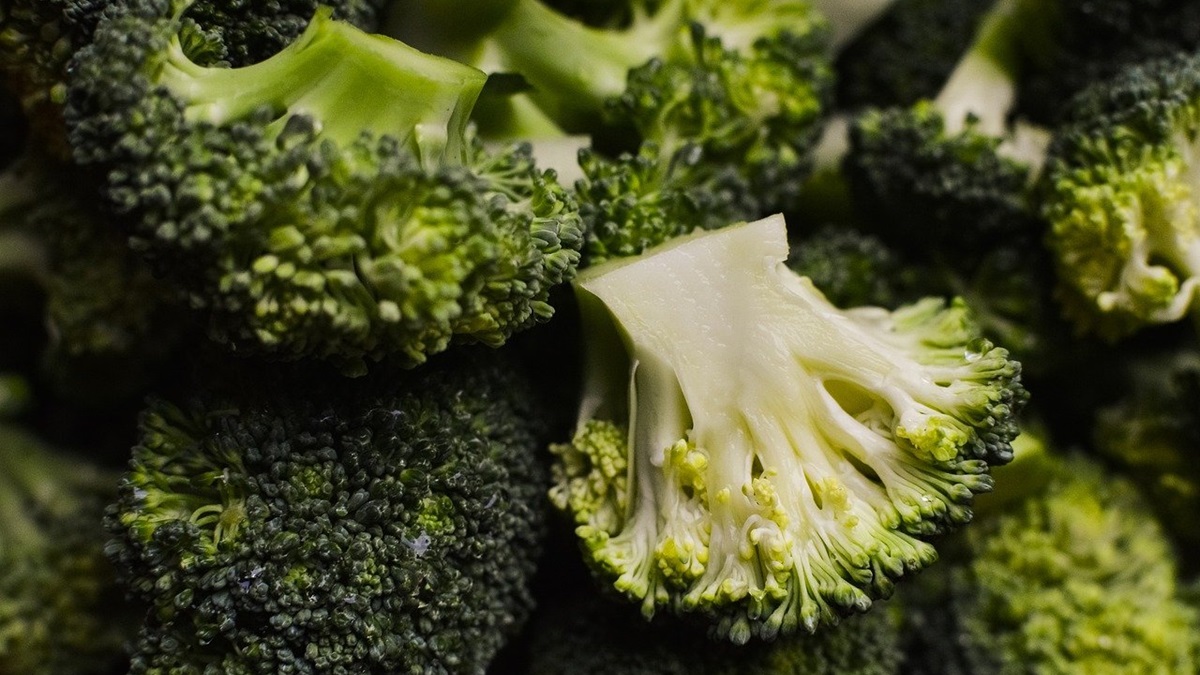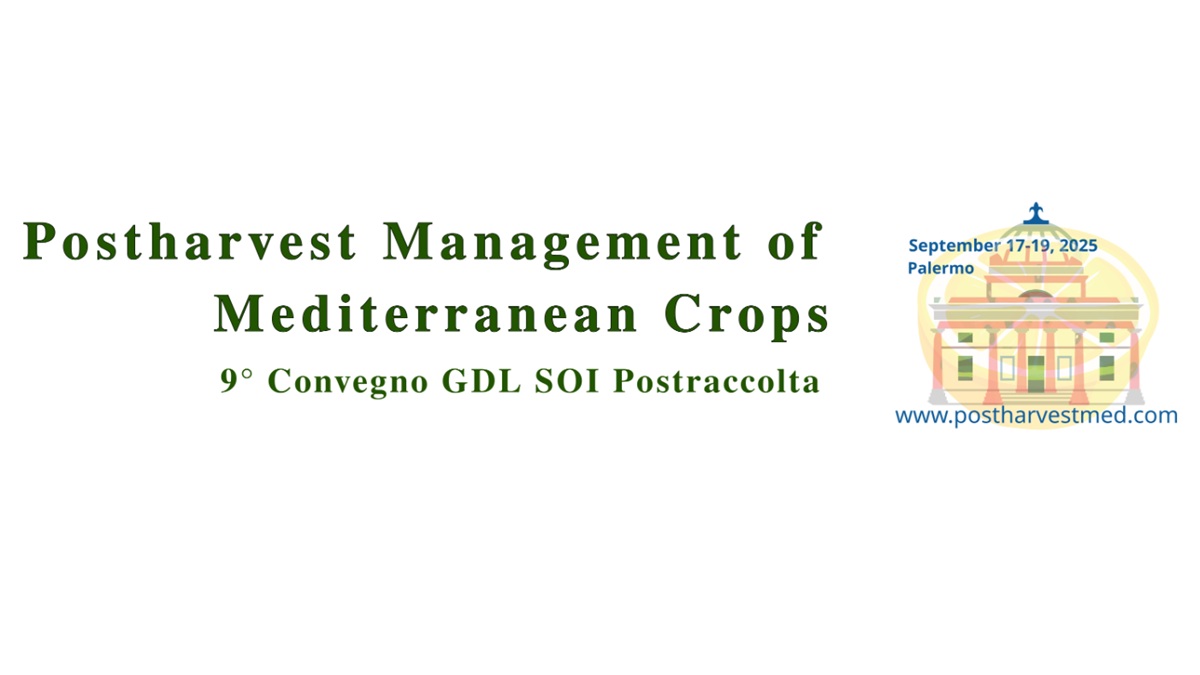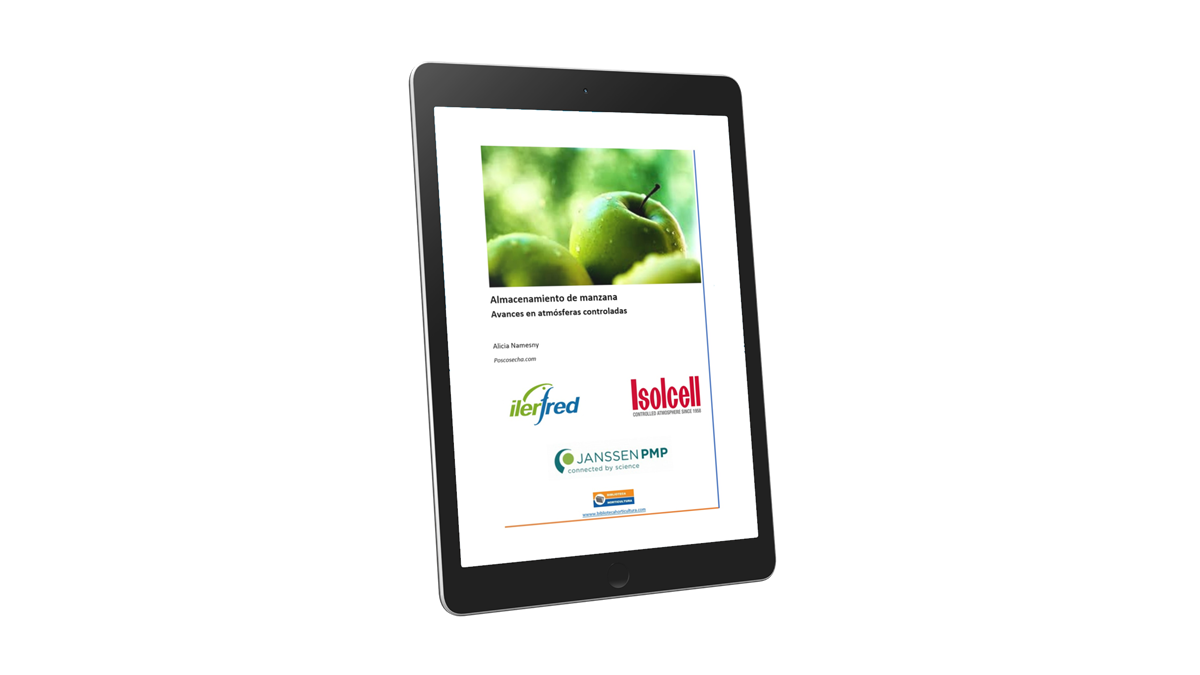Packaging
Microperforated Packaging: A Solution to Extend the Shelf Life of Broccoli and Reduce Food Waste
A recent study highlights how the use of microperforated plastics optimizes the preservation of broccoli, preventing unpleasant odors and contributing to sustainability in the food industry

A recent study conducted by researchers from the Complutense University of Madrid and the Extremadura Scientific and Technological Research Center (CICYTEX) in Spain highlights the benefits of microperforated plastic packaging in preserving broccoli, one of the most perishable vegetables.
The research evaluated the preservation of ‘Calabrese’ broccoli florets in containers made from a combination of Oriented Polypropylene and Polyethylene (OPP+PE), comparing versions with and without microperforations, as well as the use of passive and active modified atmospheres (through nitrogen injection). Key post-harvest quality indicators, such as weight loss, atmospheric composition, odor, and external appearance (including color, maturity, and stem condition), were analyzed.
Benefits of Microperforated Packaging on Broccoli Quality
The results showed that microperforated packaging without nitrogen addition was the most effective in preserving the organoleptic characteristics of broccoli. The microperforations allowed for adequate ventilation, preventing the accumulation of unpleasant odors, thus extending the shelf life of broccoli both at retail and in the home. This represents a significant step forward in reducing food waste.
According to the researchers, this technique is emerging as a promising solution to mitigate food waste, which affects approximately 14% of products between harvest and distribution, according to the FAO. However, they also emphasize the need to develop more sustainable plastic materials that facilitate recycling, in line with the global objectives to reduce plastic pollution set by the UN.
This advancement solidifies microperforated packaging as an innovative and essential tool in the food industry, responding to the growing demands for sustainability, quality, and waste reduction.
Source
Fernández-León, M.F.; Fernández-León, A.M. (2024). Use of Microperforations in Plastic Packaging: A Solution to Reduce Food Waste. Actual Poscosecha, 2024, 46-57. https://www.poscosecha.com/biblioteca/publicaciones/actual-poscosecha-2024












